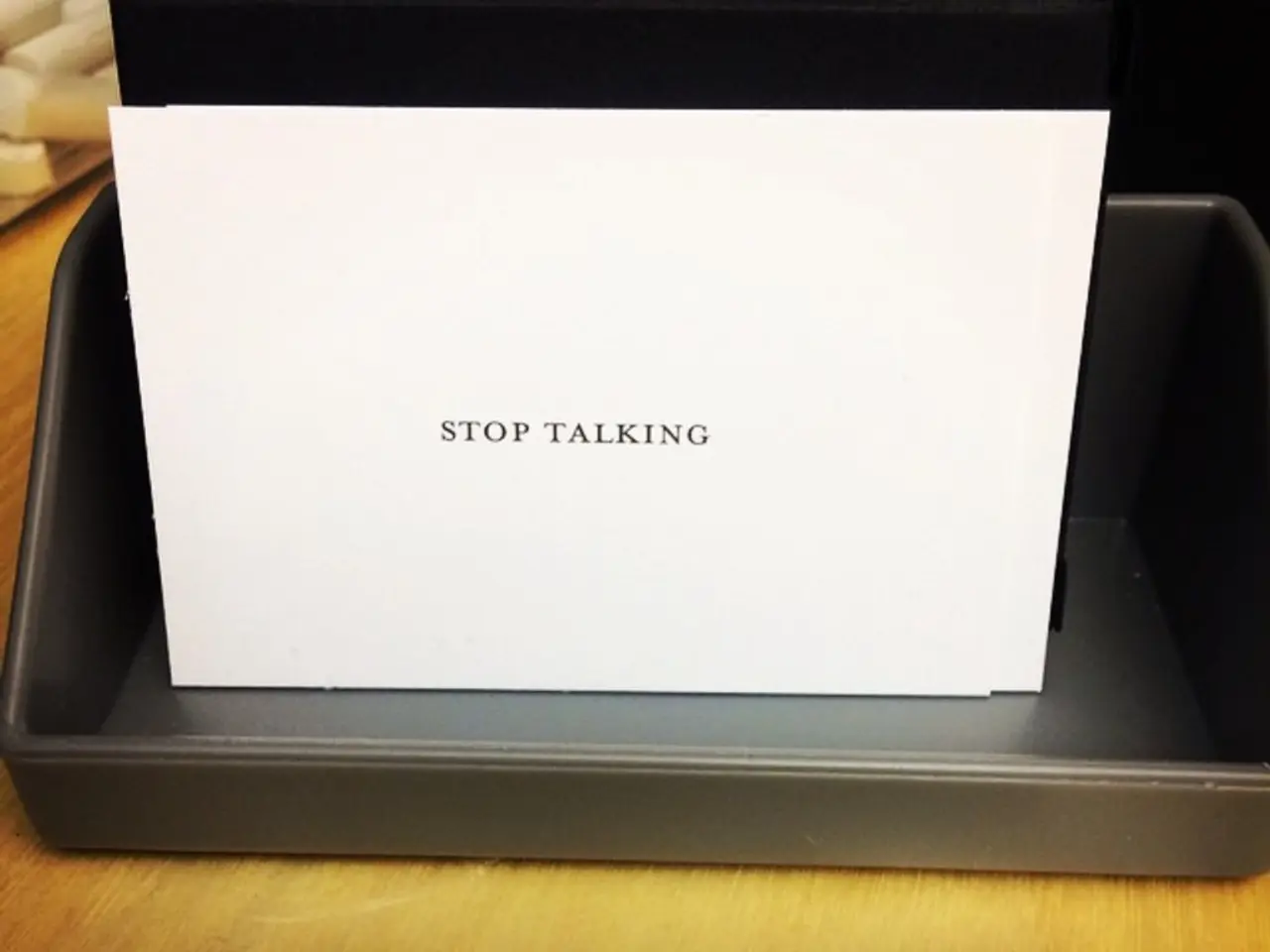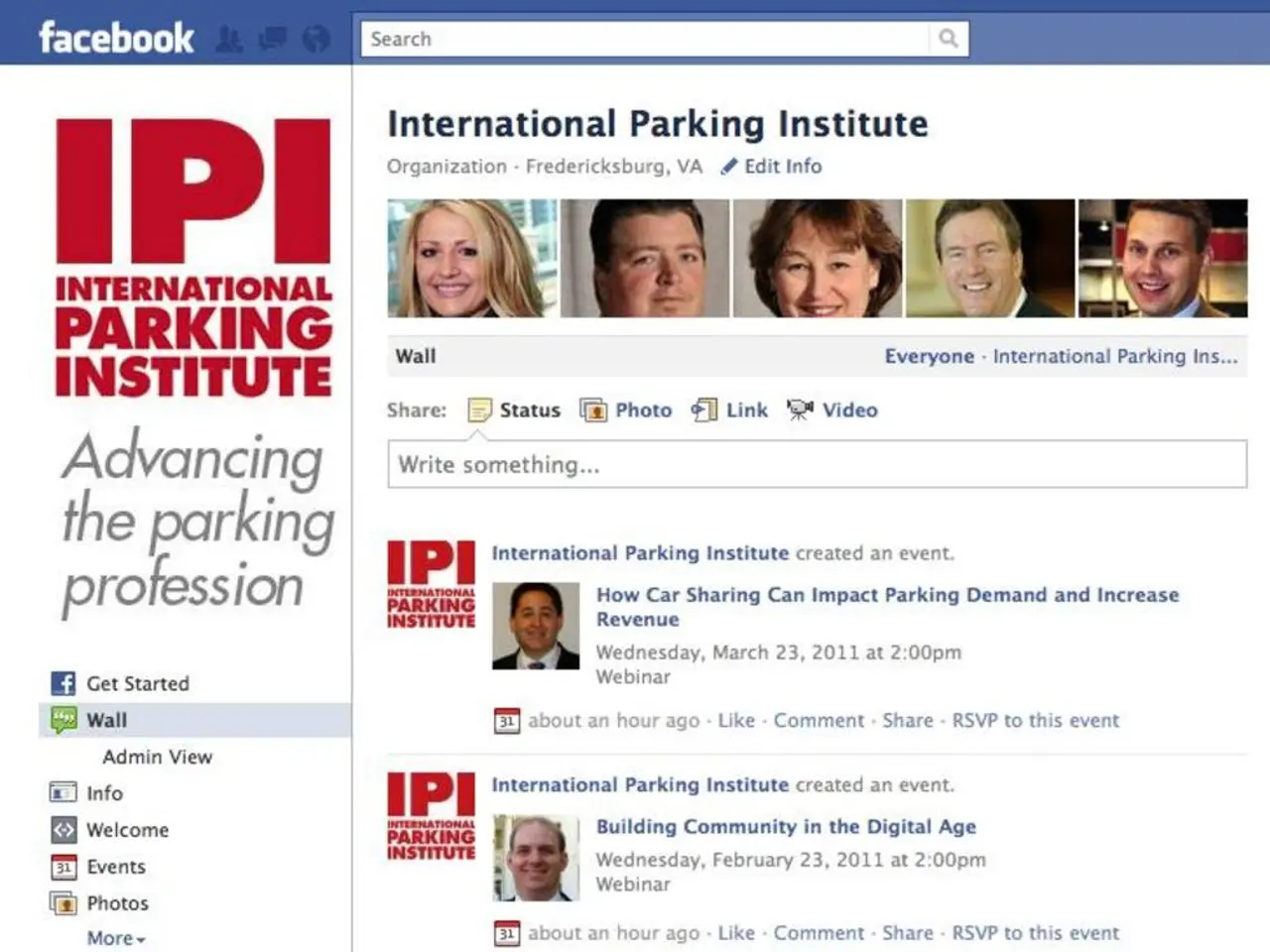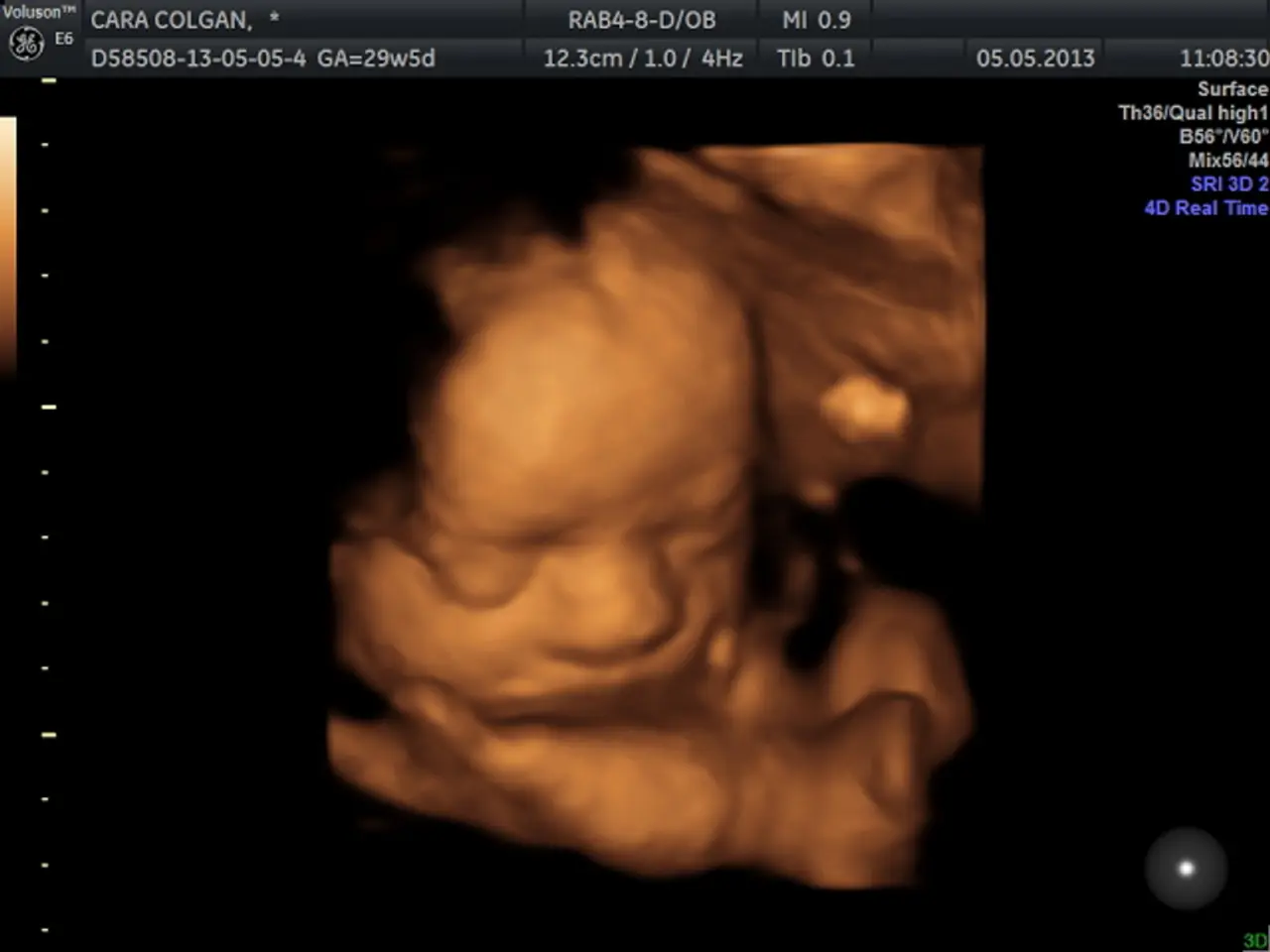Signs to Identify Deception: Deciphering the Techniques of False Speech
In the realm of human interaction, detecting deception can sometimes be a challenging task. However, psychological research and expert observations have identified several verbal indicators that can help us spot lies in conversations. Here are 15 such signs:
1. Inconsistent details: Liars often change or contradict details in their story, a clear sign of dishonesty. 2. Too many or too few details: Excessive irrelevant detail may be an attempt to convince, while sparse details can mean fabrication. 3. Hesitation or pauses: Delay in response or frequent hesitations suggest fabricating answers. 4. Speech errors: More frequent use of fillers like "um," "uh," or stammering can indicate lying. 5. Overly formal language: Using strangely formal, stiff, or overly precise language to appear credible is a common tactic used by liars. 6. Vagueness: Being non-specific when details should be clear can be a sign of deception. 7. Avoiding direct statements: Using passive voice or indirect language rather than straightforward answers is another red flag. 8. Contradictory statements: Conflicting claims within the conversation can indicate dishonesty. 9. Excessive justifications or denials: Overexplaining or repeating denials to convince the listener is a tell-tale sign of a lie. 10. Change in vocal pitch or rate: Speaking faster or with a different pitch due to stress caused by lying is a noticeable difference. 11. Qualifying language: Adding phrases like "to be honest" or "frankly" that are unnecessary and signal doubt can indicate dishonesty. 12. Lack of contractions: Saying "I did not" instead of "I didn’t" can indicate distancing from the lie. 13. Repetition of the question: Repeating a question verbatim to buy time in fabricating an answer is a common tactic. 14. Defensive or hostile responses: Becoming unusually defensive or aggressive when questioned can be a sign of deception. 15. Failure to admit lack of memory: Liars often try to avoid saying "I don’t remember" because uncertainty may expose them.
It's essential to evaluate these verbal cues as a cluster rather than individually, as any single sign can appear in truthful speech due to nervousness or other factors. Context, baseline behavior, and additional nonverbal indicators should also be considered.
Remember, verbal signs alone may not definitively identify a liar. Combine these cues with non-verbal and body language signals to enhance your ability to detect deception. Refine your skills, and you'll become more adept at distinguishing truth from falsehood in conversations.
- The field of science, specifically lie detection, has delved into the understanding of mental-health and therapies-and-treatments, seeking to develop more effective methods for identify deception.
- In health-and-wellness literature, one common piece of advice is to maintain truthfulness in our interactions, recognizing that dishonesty can have negative effects on both our physical and mental well-being.
- Additionally, understanding the indicators of deception can contribute to the betterment of our personal and professional relationships, as we strive to distinguish truth from deception in our conversations.




